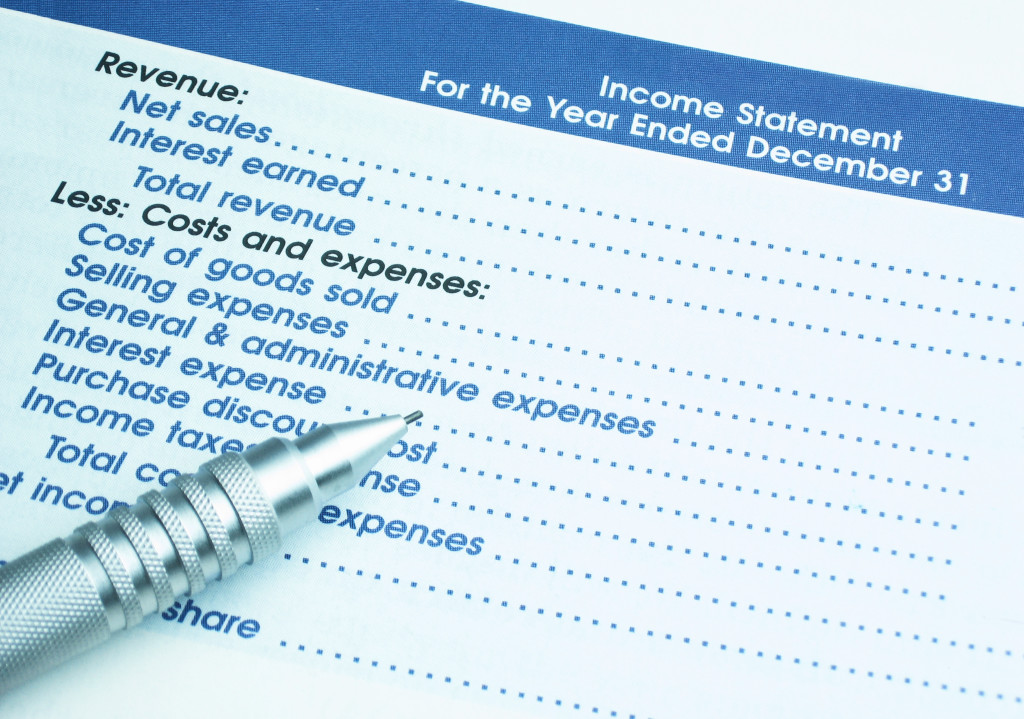Income Statement Key Calculations
Dec 01, 2015
There are many calculations to review when compiling an income statement. Sales, gross profit, net income, EBITDA, but which is the most important? Would you be surprised if I said… It depends.
First we need to understand what each of these terms means and their purpose:
Sales refers to the value of a company’s revenue for a given period. Basically, the total amount charged for goods or services to customers. Defining a time frame is necessary to compare values to prior periods to gauge the success or profitability of your company. Such a “given period” could be monthly, quarterly, or yearly.
Gross profit represents the difference between sales and the Cost Of Goods Sold (COGS). COGS are expenses directly related to the production of a given product or service. Any direct costs related to production such as material or labor are considered COGS. In a more complex environment, overhead would be included in this category, but should be allocated to a product or service. Overhead includes expenses like factory rent, insurance, indirect labor, etc. Gross profit depicts the revenue being earned from sales and correlated expenses. Gross profit can also be provided as a percentage. To calculate the percentage, calculate the gross profit (sales minus COGS) and then divide the result by sales. Such a percentage is very useful when comparing varying periods.
N et income is the bottom line, which is the most commonly used to indicate the profitability of a company. Net income is what is leftover after all expenses have been subtracted from income. This includes all expenses for the business, meaning COGS as we discussed previously, as well as selling, general and administrative expenses. These additional expenses are typically items such as office personnel salary, office supplies, computers, etc. Net income, of course, is important in that it is a calculation which demonstrates how much income is remaining after you have accounted for all of your expenses. A positive number signifies profitability, which hopefully means you are able to satisfy all of the liability payments necessary and have cash flow remaining. A trend of positive net income is typically what you are aiming for, but comparing net income over periods may also help you determine a seasonality trend, if present.
et income is the bottom line, which is the most commonly used to indicate the profitability of a company. Net income is what is leftover after all expenses have been subtracted from income. This includes all expenses for the business, meaning COGS as we discussed previously, as well as selling, general and administrative expenses. These additional expenses are typically items such as office personnel salary, office supplies, computers, etc. Net income, of course, is important in that it is a calculation which demonstrates how much income is remaining after you have accounted for all of your expenses. A positive number signifies profitability, which hopefully means you are able to satisfy all of the liability payments necessary and have cash flow remaining. A trend of positive net income is typically what you are aiming for, but comparing net income over periods may also help you determine a seasonality trend, if present.
EBITDA is an acronym for Earnings Before Interest, Taxes, Depreciation, and Amortization. This starts with the net income amount and adds back these other items. This is a calculation often used in determining the value of a business. Typically a multiple of three or more is assigned to this number. These items are added back as they are expenses which may not be relevant to a buyer since they are more correlated with your specific business. Depreciation and amortization are non-cash expenses, so they are also added back. If you are planning to sell your business or transition ownership in the future, this will be important data to track.
There are of course many other calculations which can be and should be considered when looking at your business. However, I often get questions like, “how strong is my business?”, or “do my profits looks good?”. Knowing what data is necessary to review in each scenario is essential. Analyzing the wrong figures can provide you with faulty information and result in poor business decision making.
Like many things in accounting, it does depend, but the more you know and understand, the more confident you can be in your decision making.
Categories: Cost Accounting
